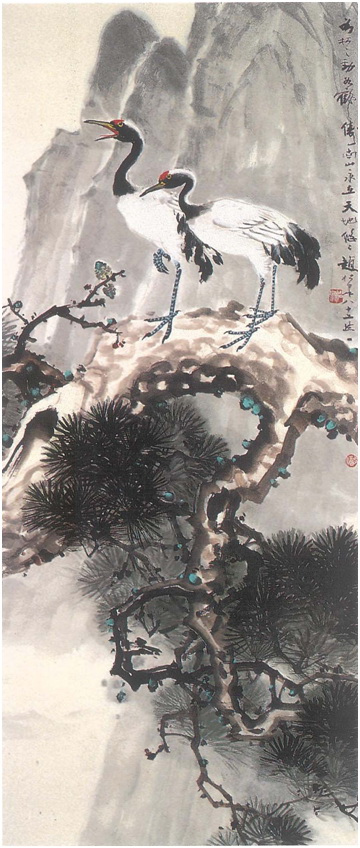 Acupuncture is a component of traditional Chinese medicine that originated in China over 5,000 years ago. It is based on the belief that living beings have a vital energy, called “Qi”, that circulates through twelve invisible energy lines known as meridians on the body. Each meridian is associated with a different organ system. An imbalance in the flow of Qi throughout a meridian is how disease begins.
Acupuncture is a component of traditional Chinese medicine that originated in China over 5,000 years ago. It is based on the belief that living beings have a vital energy, called “Qi”, that circulates through twelve invisible energy lines known as meridians on the body. Each meridian is associated with a different organ system. An imbalance in the flow of Qi throughout a meridian is how disease begins.


